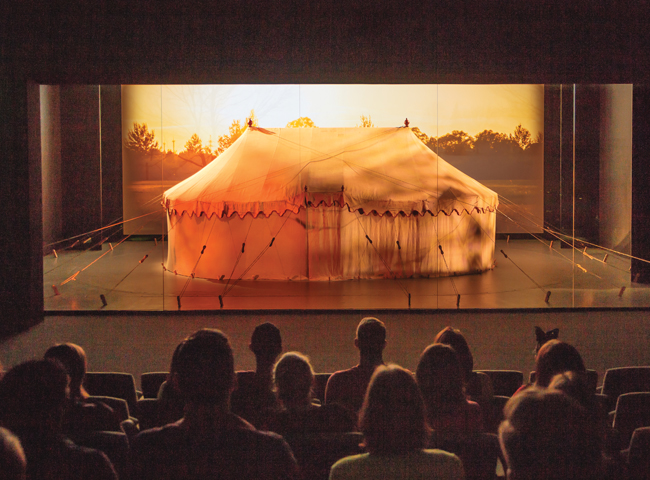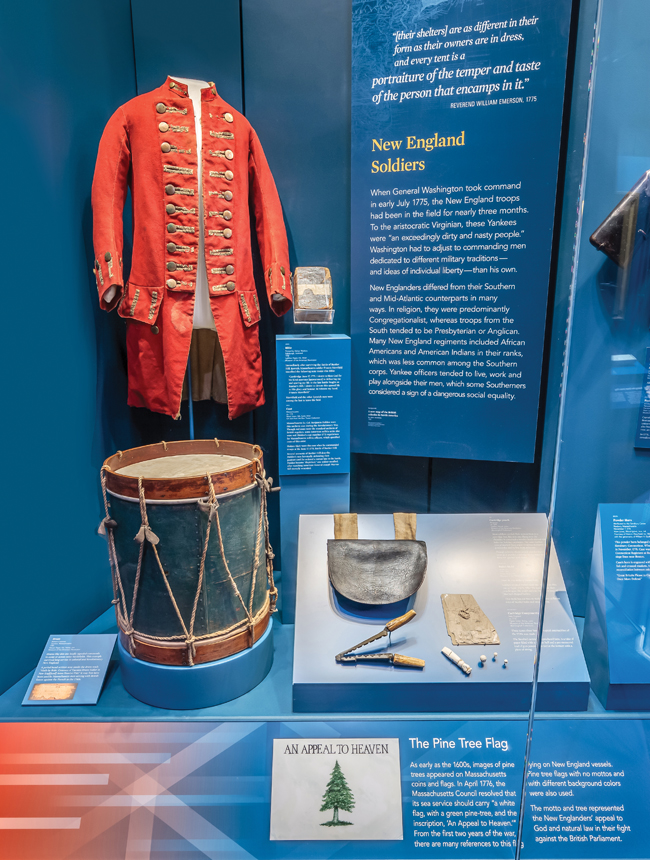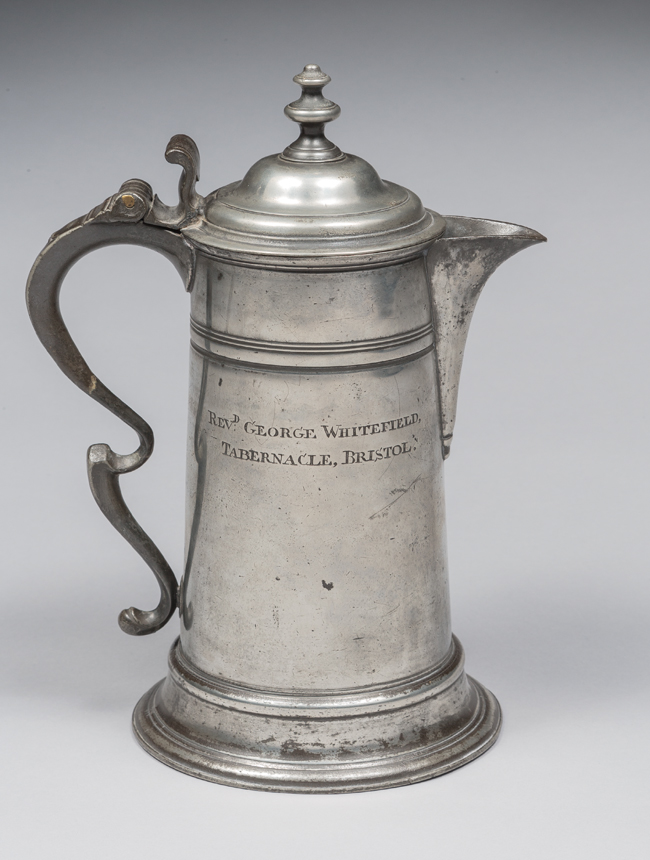Faith-based travelers can examine the intersections of religion and the American Revolution at a new museum near Independence Hall in Philadelphia.
Opened in spring 2017, the Museum of the American Revolution has become the logical first stop for visitors to the city.
It is the unofficial “Revolutionary visitor center,” said Mark Turdo, curator. Although the museum explores the Revolution’s impact throughout the colonies and beyond, much of its story involves Philly, the American city most closely tied to the struggle for American independence.
So, after a visit, “when you go out into the city, you make faster connections,” said Turdo. “You can stand in front of Christ Church and say, ‘Oh, that is why this is so important.’” Visitors “see things in new ways that you wouldn’t have seen if you hadn’t come to see us first.”
An Episcopal minister, the Rev. Herbert Burk, came up with the idea for a museum focused on the American Revolution in the early 1900s. He started buying objects tied to the Revolution, the most important among them George Washington’s mobile office–a 23-foot-long linen tent where the general worked, ate and slept. Burk raised money from average citizens for that purchase.
Today, that War Tent is the centerpiece of a museum that houses the nation’s preeminent collection of objects from those three decades of social, cultural and political change. Among them are paintings and portraits, diaries and letters, battle gear and a Privateer boat and a lifelike Liberty Tree. In a newly opened discovery center, families can explore Philadelphia in miniature, including a nondenominational church where they hear the stories of nine Colonists of various faiths. “You learn how their faith influenced their participation in the Revolution or how the Revolution influenced their faith,” said Turdo.
A collection of religious objects owned by colonists shows that Philadelphia was a place of wide diversity. Among the objects is a communion chalice owned by George Whitefield, a popular English minister who came to America and helped found Methodism and the evangelical movement. Another piece, a Muslim charm, no larger than a dime, was uncovered at an archaeological dig in Pennsylvania. “It may be the only evidence of Islam in colonial America,” said Turdo.
Through such objects and stories of colonial Americans, visitors learn “that almost every faith that is in America today was in America then in some form,” Turdo said.
Another display describes the challenges faced by a Quaker family that chose to adhere to their faith and remain neutral during the Revolution. After the husband was jailed as a dissenter, the family’s property was confiscated by authorities. The wife’s diary, rich in detail, helped the museum tell her story.
“She can’t stop them, has no way to say ‘no’ solely because of her faith informing her participation,” said Turdo.
Such human stories, tied to tangible objects, are what visitors are remembering, Turdo has found.
“What people are connecting with are the objects as a window into the people. We are watching visitors walk about, inspired to learn more and surprised at the richness and diversity of the experience.”
They are discovering that the American Revolution is a human story, about people like themselves, Turdo said. “What may be most surprising is how much people are seeing their modern selves in this history.”
Museum of the American Revolution
877-740-1776
The museum has a motorcoach drop off, discounted group rates, special guided tours and an on-site café. A guide for group leaders is on the website.












